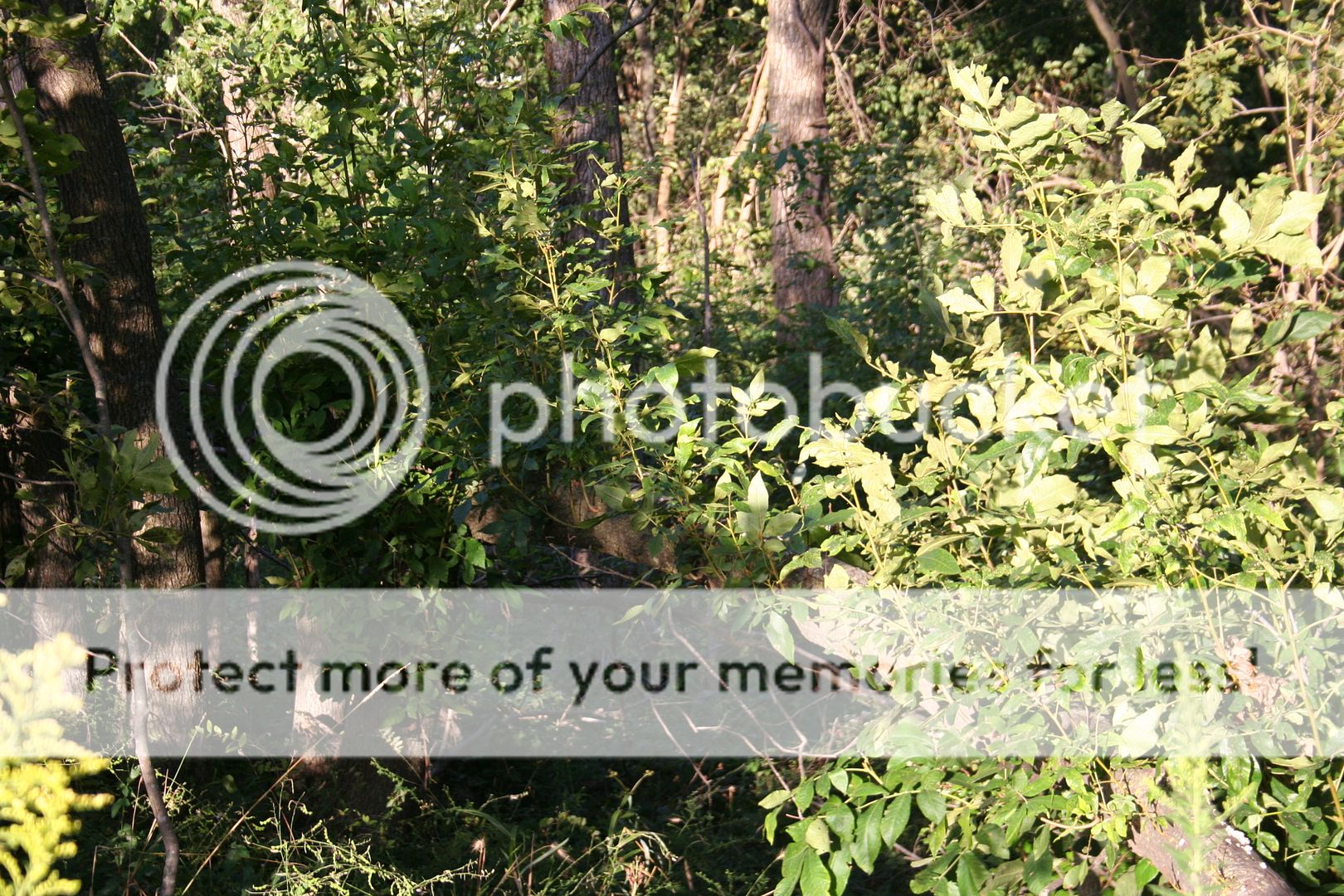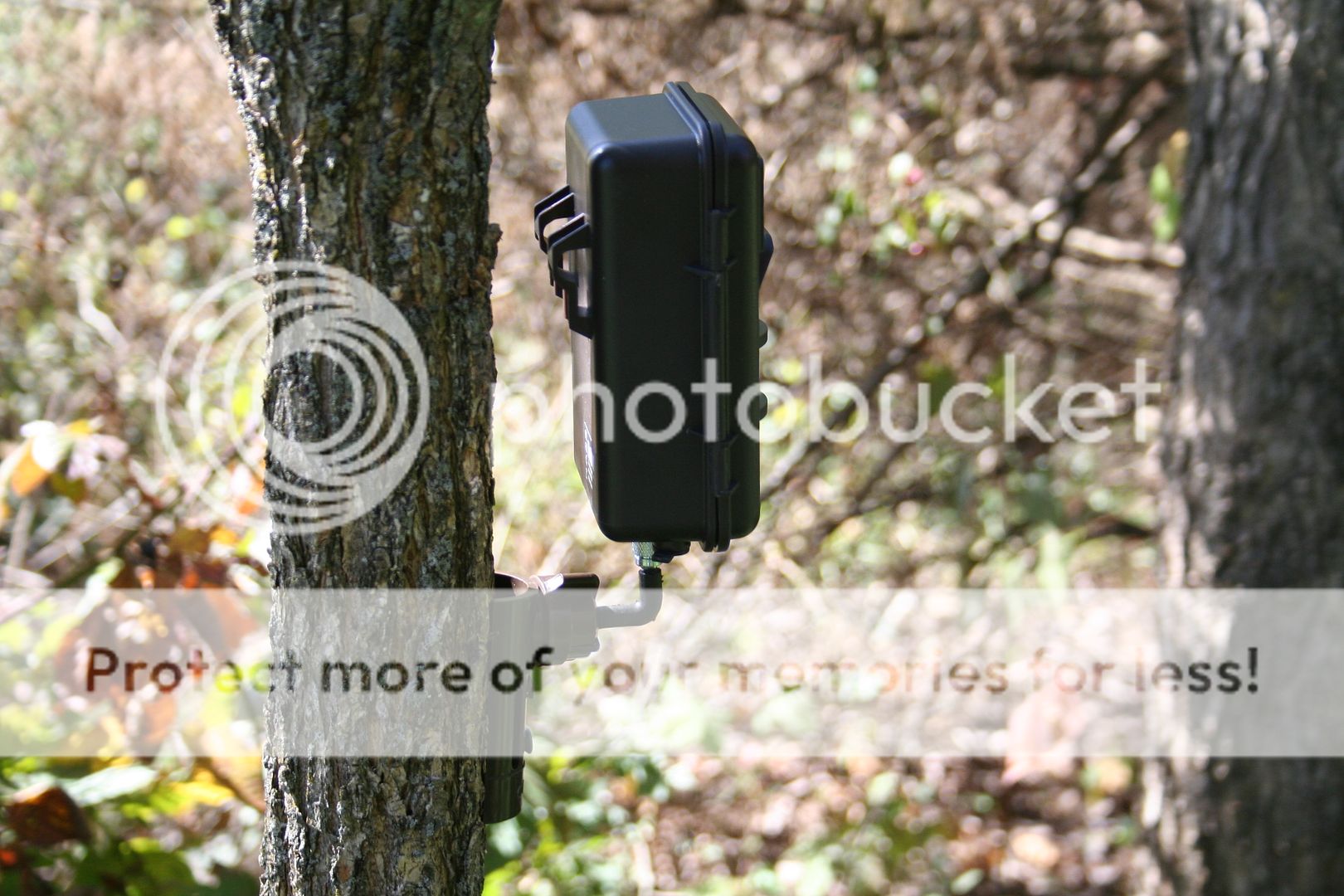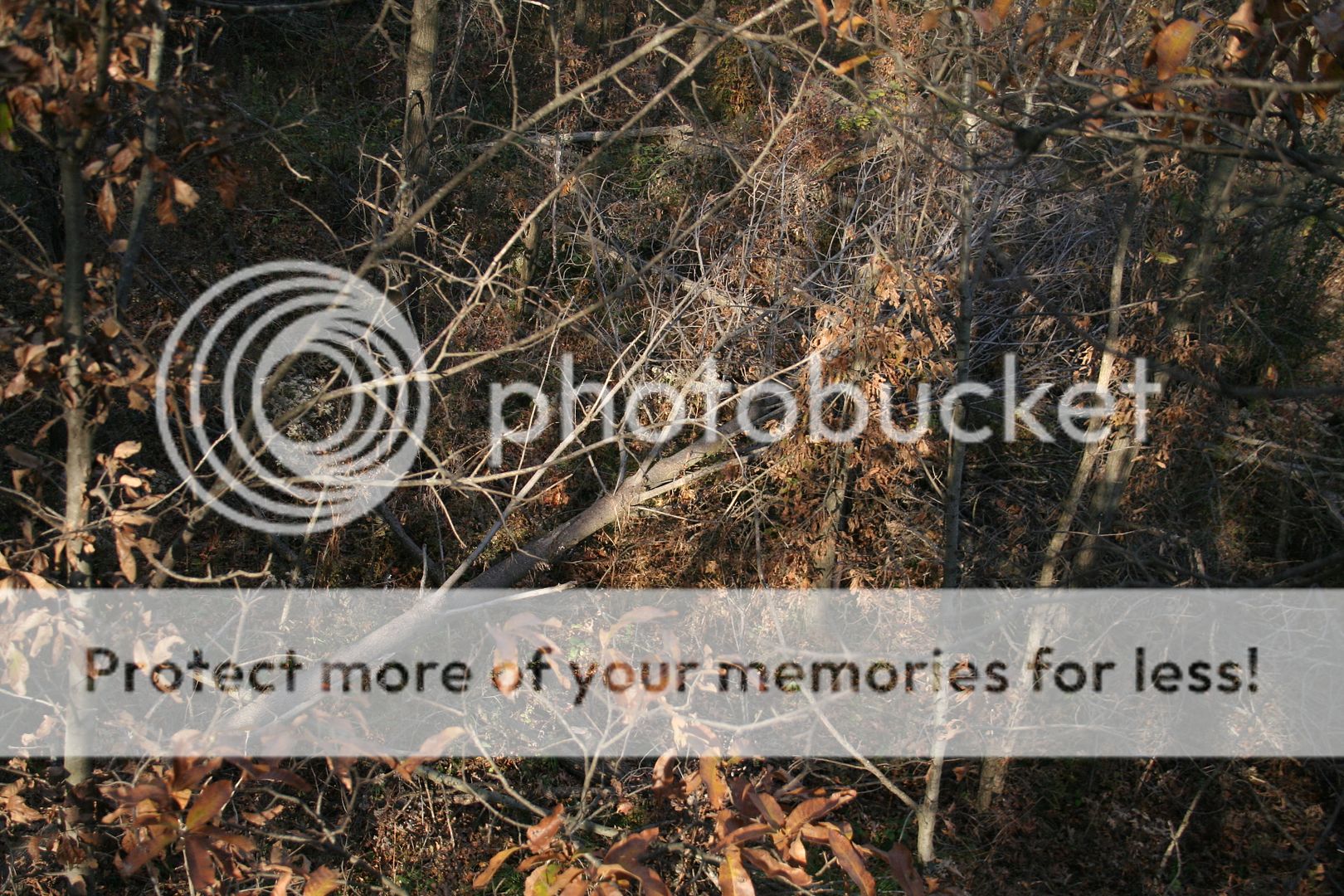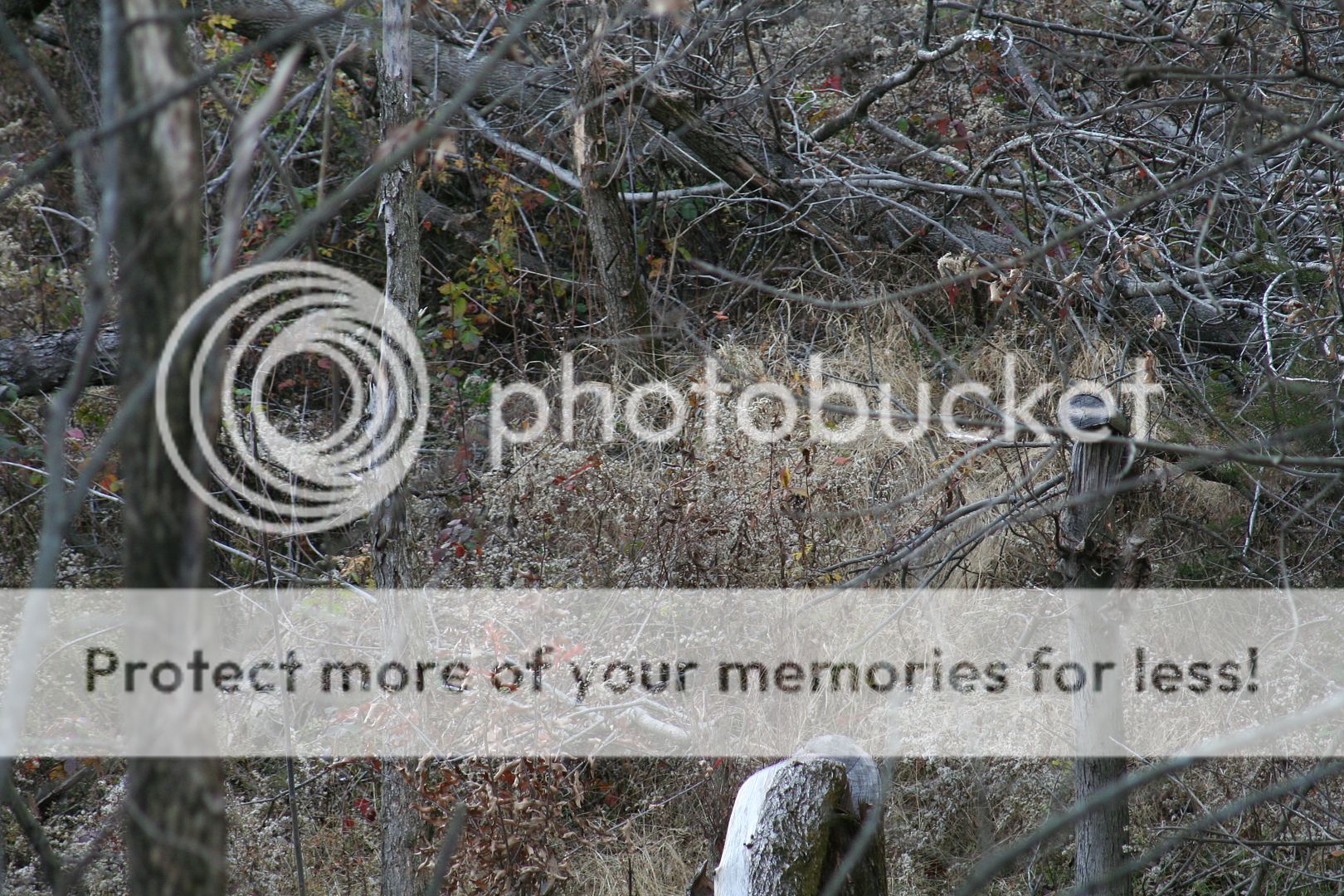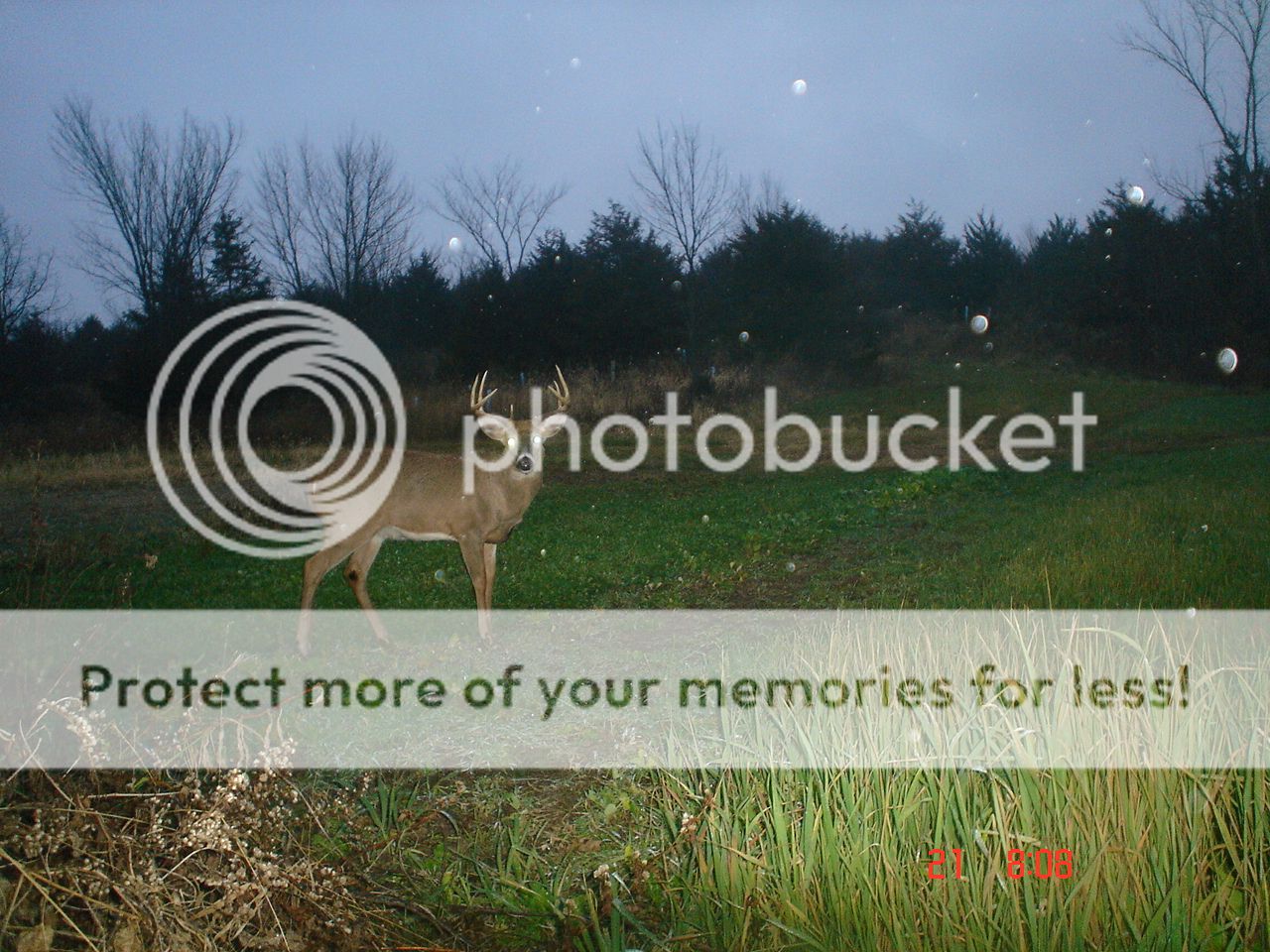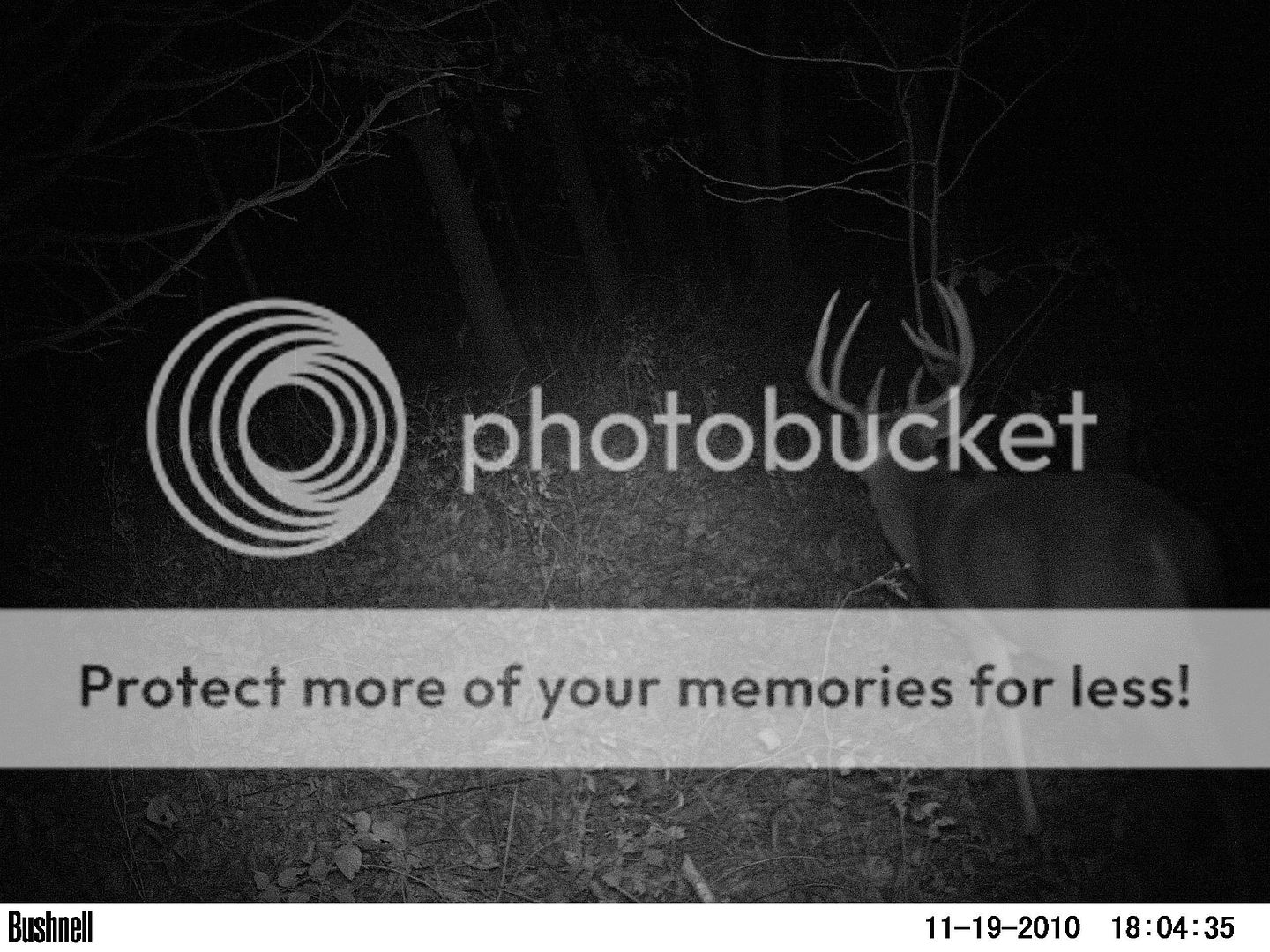Lost Arrow
Member
Hunting season is barely weeks away for many of us so habitat work will largely come to a screeching halt while we enjoy the fruits of our labors. One thing that should never stop however is OBSERVATION
We hinge trees to help create thick areas that become safe secure bedding areas that will hold whitetails year around and for the most part we are not going to be invading those areas. Depending on how your land lays however you can use hinging to create travel corridors through narrow natural bottlenecks leading between bedding and/or feeding areas.
I have been lucky enough to harvest a buck or two that showed himself in the waning moments of daylight at a field edge but by and large mature animals are more likely to be killed inside the timber where they feel safe moving in daylight hours. In Iowa where draws and narrow ridges or fingers are common it's fairly easy to set up and not have to be anywhere near their actual bedding area.
Bill Winke and Don Higgins have both written great articles on the importance of creating safe sanctuaries that are by and large left alone especially on small properties and then using great care to hunt the edges or connecting points rather then be tramping in and out of the timber. I follow those same principles and hunt only narrow corridors or creek beds so I do not infringe on a bucks safe area.
Even at that however, a corridor may be 60-80 yards wide allowing an animal to easily pass by out of the range of the average bowhunter leaving one frustrated and dissappointed. I have learned to "cure" that by hinging trees with a plan that funnels deer to a natural narrow area that I can cover with my bow. Those same narrow areas are also easy to slip in and out of and rarely used by bedding deer and that brings me back to my thoughts about observation.
Regardless is you have begun working on creating funnels or not....hunting season is when you learn by observing. If you started work on creating a funnel there may be flaws in it and if your merely curious about starting a project this winter...fall is the time to observe buck movements and problems that you encounter.
I have a trail cam on a corridor that has been up all summer so I slipped in to check it, change the batteries and swap cards.
Standing in one spot I took a pic of the thick hinged area on one side....
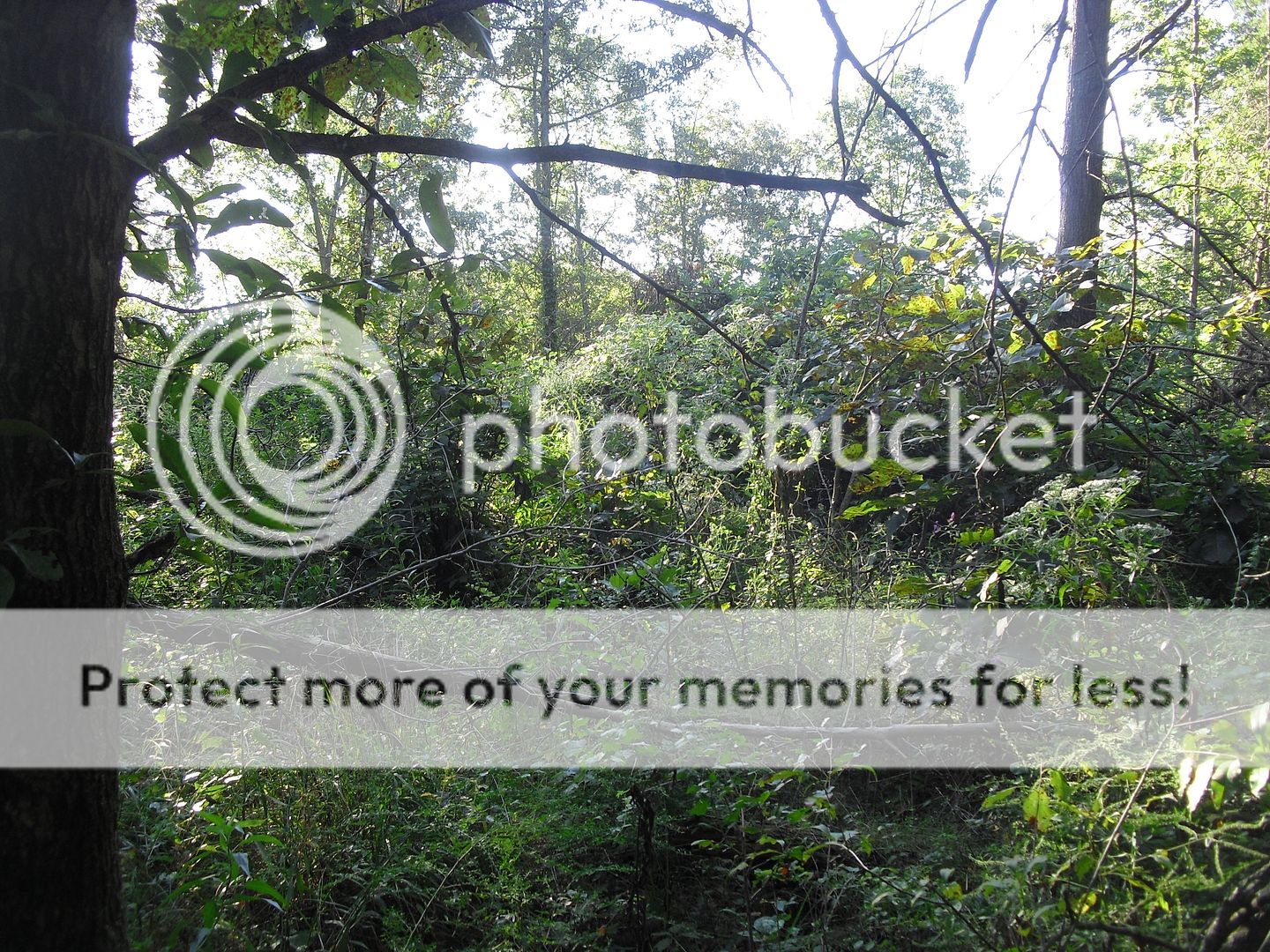
and the open area that deer use for travel
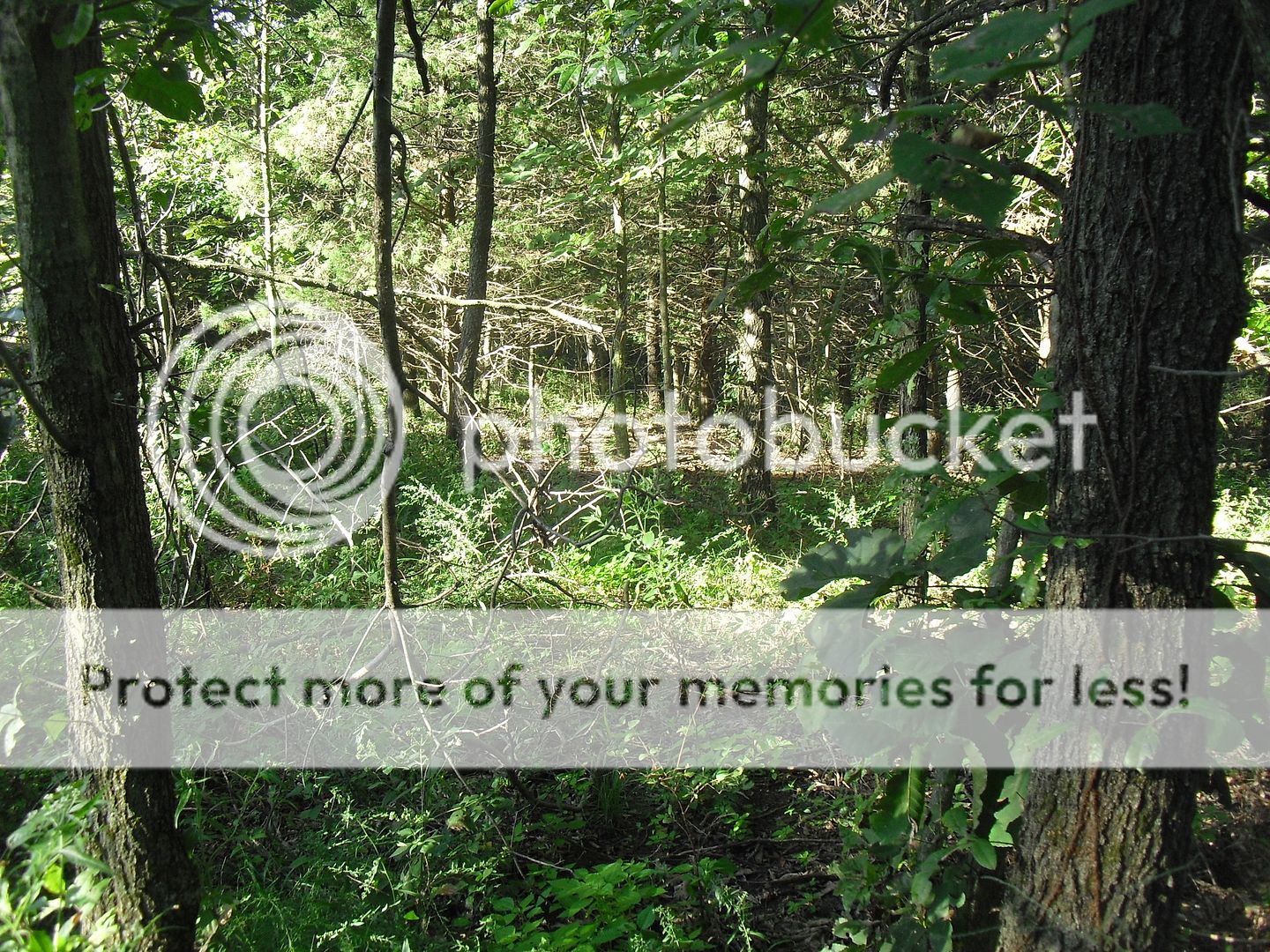
and the well worn trail that is evidence of how heaily deer are using the runway

Now keep in mind that this is NOT a bedding area but a narrow area leading between two bedding areas. The thick hinged area provides screening cover and an impossible tangle that deer prefer not to walk thru and that is especially true during the rut when bucks only want to get from point A to B! They are not interested in stumbling around in the brush but instead follow a safe well screened path inside of enough heavy cover that they can feel safe during daylight hours.
I don't have dozens of stands but instead a few well placed stands (for different winds) in narrow areas. I often have only to walk a few feet into these travel corridors and that insures I don't leave a "mark", yet I am still able to hunt deer where they feel safe...in the timber and not on a field edge.
As your hunting this fall...think about how you can utilize hinging, screening and other habitat improvments to funnel deer by you without entering their sanctuary. This winter you can begin to make positive changes that will up your odds of harvesting a mature buck the following fall....

We hinge trees to help create thick areas that become safe secure bedding areas that will hold whitetails year around and for the most part we are not going to be invading those areas. Depending on how your land lays however you can use hinging to create travel corridors through narrow natural bottlenecks leading between bedding and/or feeding areas.
I have been lucky enough to harvest a buck or two that showed himself in the waning moments of daylight at a field edge but by and large mature animals are more likely to be killed inside the timber where they feel safe moving in daylight hours. In Iowa where draws and narrow ridges or fingers are common it's fairly easy to set up and not have to be anywhere near their actual bedding area.
Bill Winke and Don Higgins have both written great articles on the importance of creating safe sanctuaries that are by and large left alone especially on small properties and then using great care to hunt the edges or connecting points rather then be tramping in and out of the timber. I follow those same principles and hunt only narrow corridors or creek beds so I do not infringe on a bucks safe area.
Even at that however, a corridor may be 60-80 yards wide allowing an animal to easily pass by out of the range of the average bowhunter leaving one frustrated and dissappointed. I have learned to "cure" that by hinging trees with a plan that funnels deer to a natural narrow area that I can cover with my bow. Those same narrow areas are also easy to slip in and out of and rarely used by bedding deer and that brings me back to my thoughts about observation.
Regardless is you have begun working on creating funnels or not....hunting season is when you learn by observing. If you started work on creating a funnel there may be flaws in it and if your merely curious about starting a project this winter...fall is the time to observe buck movements and problems that you encounter.
I have a trail cam on a corridor that has been up all summer so I slipped in to check it, change the batteries and swap cards.
Standing in one spot I took a pic of the thick hinged area on one side....

and the open area that deer use for travel

and the well worn trail that is evidence of how heaily deer are using the runway

Now keep in mind that this is NOT a bedding area but a narrow area leading between two bedding areas. The thick hinged area provides screening cover and an impossible tangle that deer prefer not to walk thru and that is especially true during the rut when bucks only want to get from point A to B! They are not interested in stumbling around in the brush but instead follow a safe well screened path inside of enough heavy cover that they can feel safe during daylight hours.
I don't have dozens of stands but instead a few well placed stands (for different winds) in narrow areas. I often have only to walk a few feet into these travel corridors and that insures I don't leave a "mark", yet I am still able to hunt deer where they feel safe...in the timber and not on a field edge.
As your hunting this fall...think about how you can utilize hinging, screening and other habitat improvments to funnel deer by you without entering their sanctuary. This winter you can begin to make positive changes that will up your odds of harvesting a mature buck the following fall....


